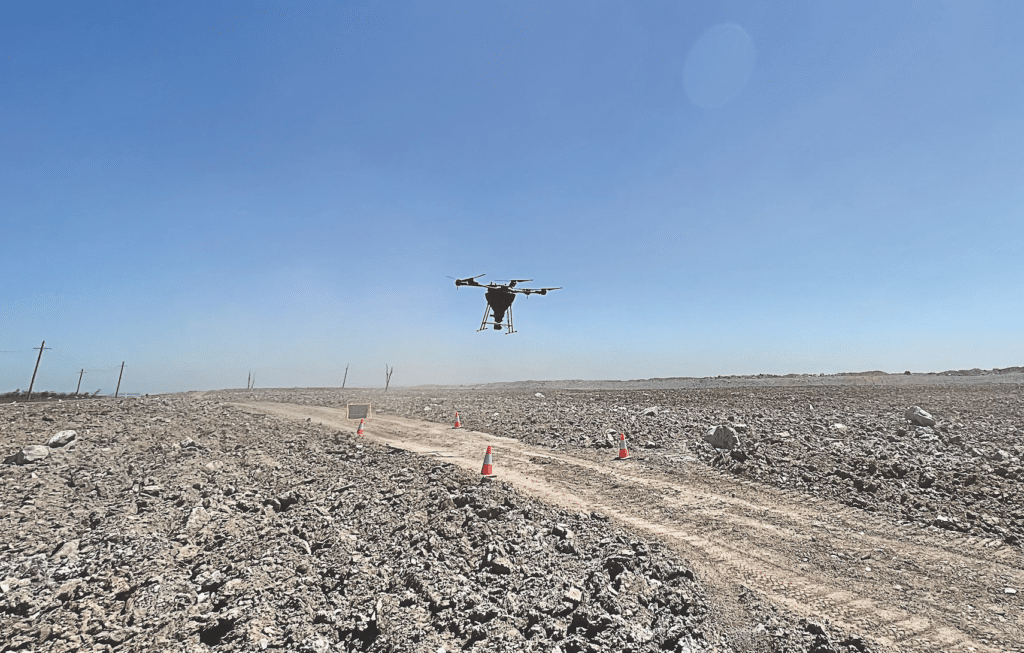Newmont keen on copper
While speaking at the Melbourne Mining Club, Newmont president and chief executive officer Tom Palmer discussed his copper aspirations and where he sees the company heading to reach these goals.
Copper is a base metal that has a variety of end uses in a green economy, whether it be through electricity distribution, electrical equipment and devices, industrial machinery, wind turbines, solar panels and, of course, powering electric vehicles.
In December 2023, the Federal Government introduced Australia’s strategic materials list, which identifies commodities that are essential for the energy transition but aren’t at risk of supply chain disruptions and aren’t vulnerable enough to meet the critical minerals list criteria. One of the five metals on this list is copper.
While Newmont’s bread and butter has always been gold, the major miner is looking to expand its copper reach.
“We’re about 80 per cent gold today, and about 10 or 11 per cent copper, and then we’ve got silver, lead and zinc (that) make up the other 10 per cent,” Palmer said.
“As we look at our operating portfolio, we’re around six to seven million ounces of gold, we will run within that band.
“Then it’s about 150,000 tonnes of copper that come from a couple of those operations. Our organic project pipeline is copper–gold, gold–copper projects. So developing our organic project pipeline and reinvesting back into the business is going to maintain that gold band and it’s going to increase that copper pipeline.
“We have the opportunity to choose to go from 10 or 11 per cent to 15 per cent and hold, or 20 per cent. There are some other things we could do that would go beyond that.”
When asked where he wants Newmont’s copper to be in the next decade, Palmer said it’s a “more complicated equation” to work through.
“How do we develop our project, in what order, at what pace and (which) communities (are we) working in,” Palmer said “If we’ve got the support of the permitting we’ve got, we’ve got a project here that’s going to deliver appropriate returns with that view on copper and copper pricing, and gold and gold pricing.
“So it’s looking at all those variables and making decisions about where we (should) invest our next dollar after the existing projects … it’s more about understanding how you develop that project pipeline successfully.”
Palmer’s comments on copper follow BHP deciding to not make a formal offer to acquire Anglo American. Anglo’s global copper assets caught the eye of the Big Australian, which views copper as a kingmaker commodity as nations turn to net-zero technology and a green economy. And it seems Newmont agrees.
Source: https://www.australianmining.com.au/newmont-keen-on-copper/


Jobs in Mining Australia does not receive any funding to operate its business. All profits are used to improve the service we offer to Jobseekers.
USEFUL LINKS
FOLLOW US
STAY INFORMED
You need a helping hand with your project?
We will get back to you as soon as possible
Please try again later
CONTACT US
Contact Us
We will get back to you as soon as possible.
Please try again later.
All Rights Reserved | Jobs In Mining Australia
Powered with 💛 by Shazamme
